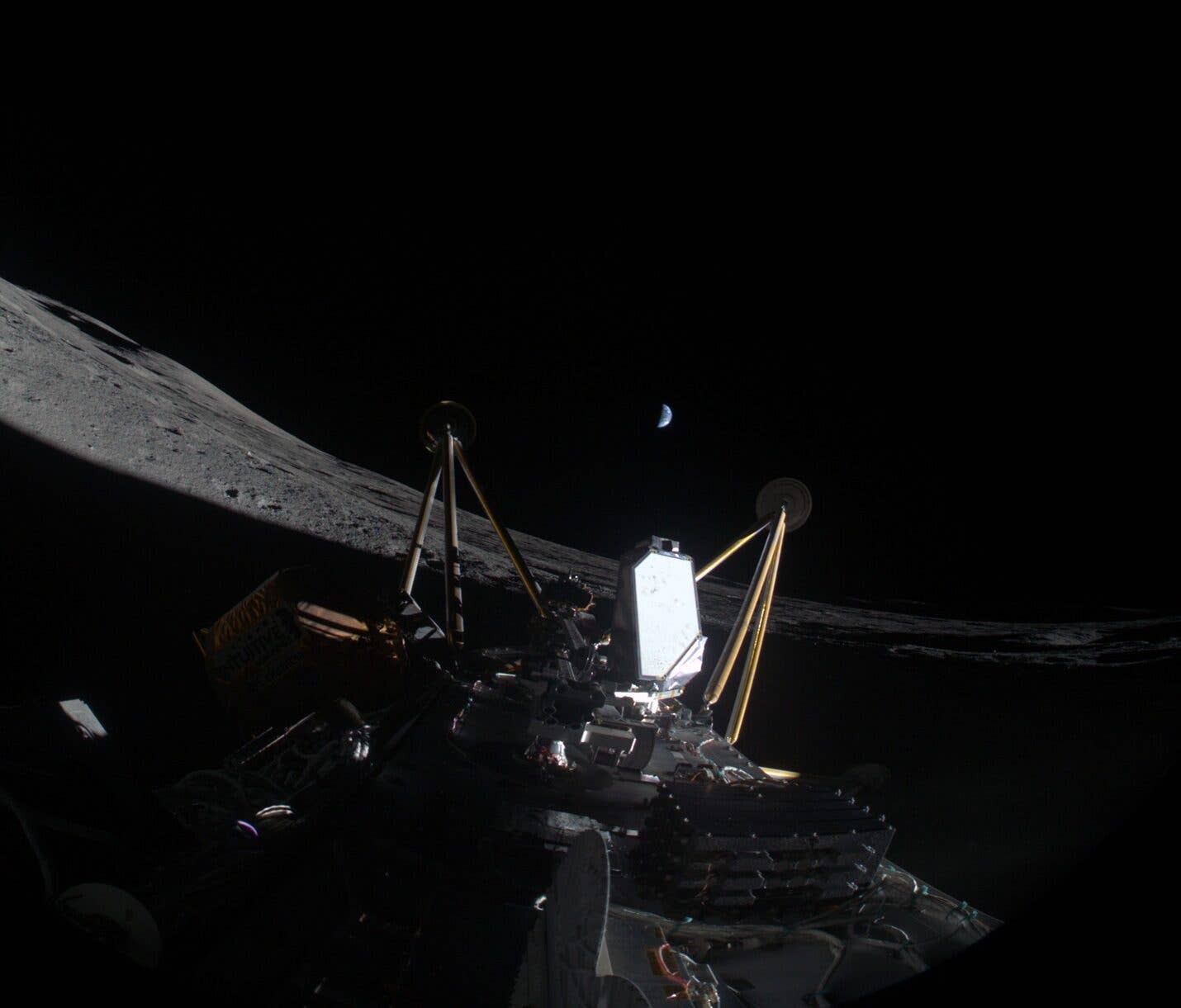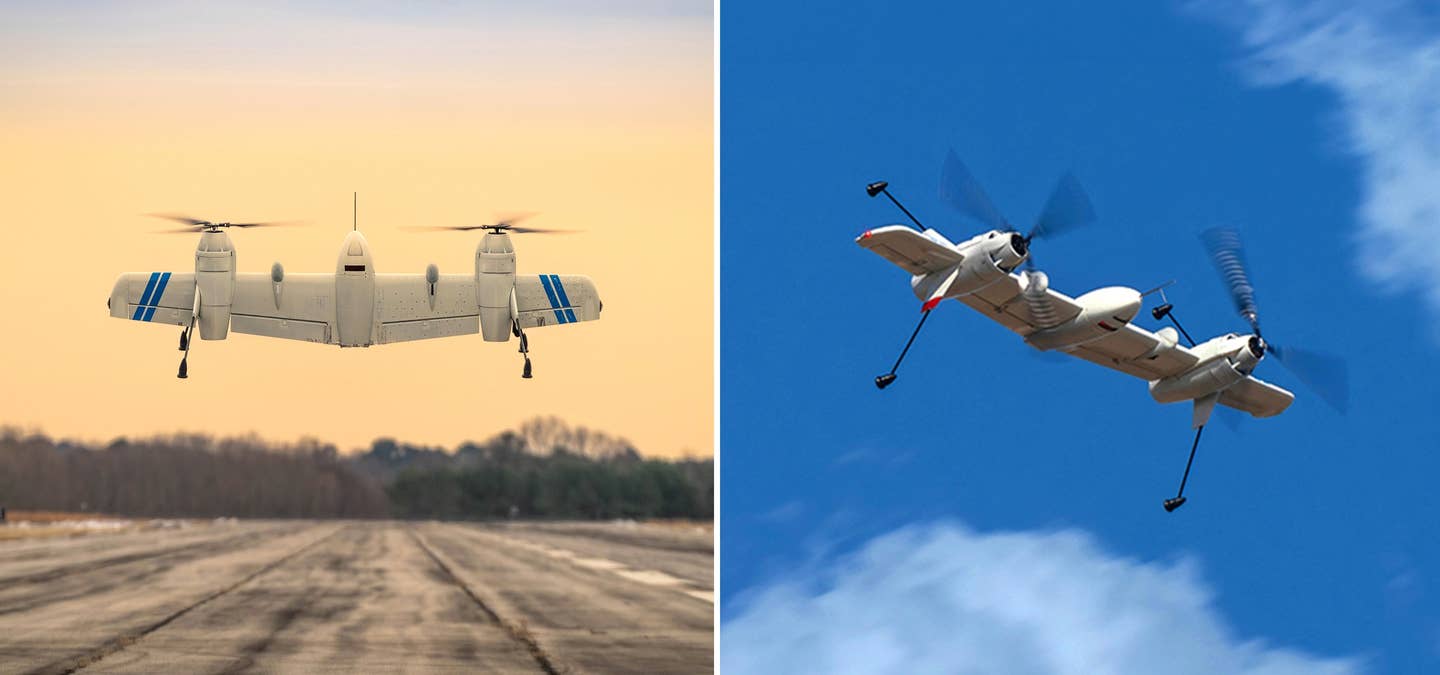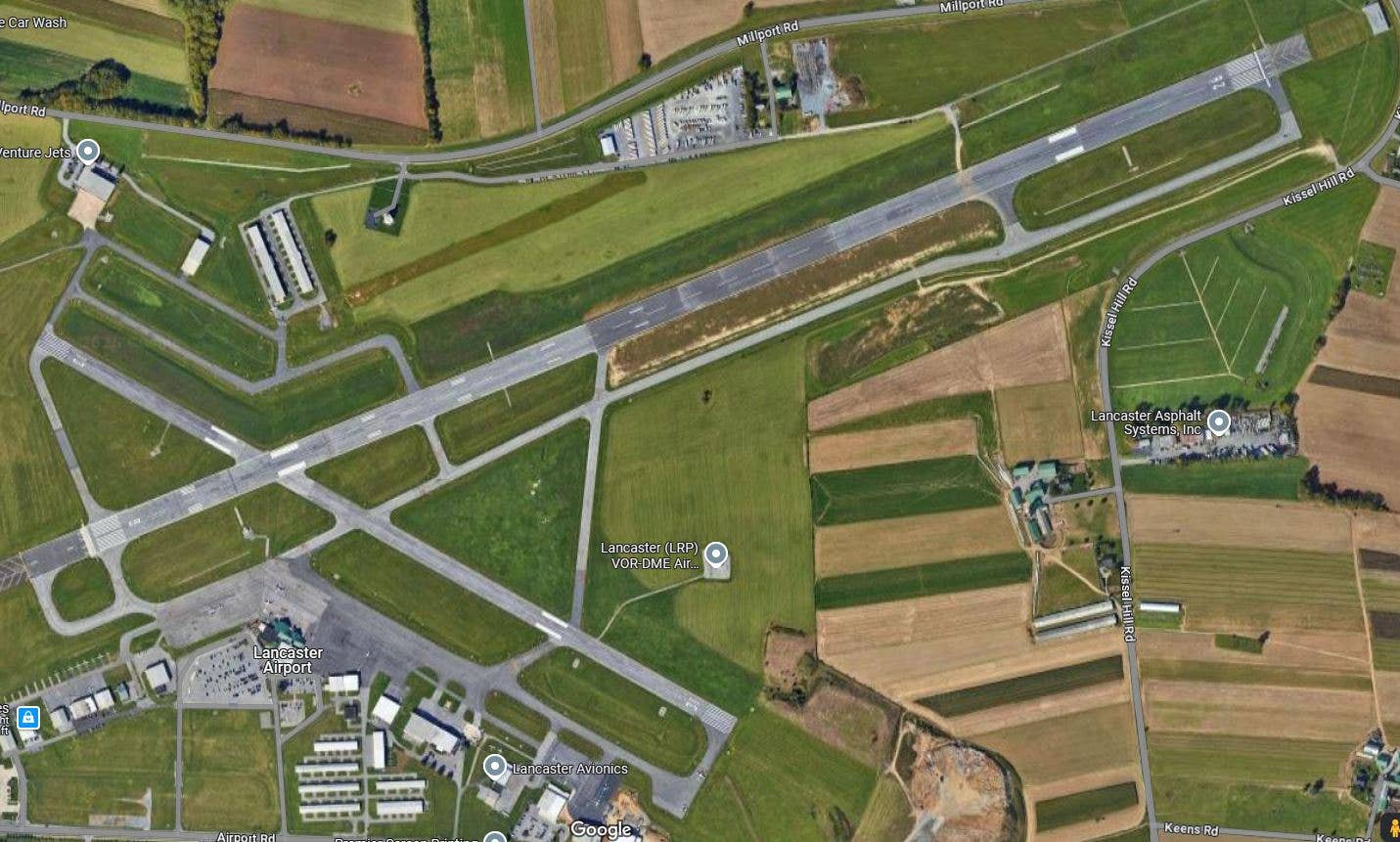
In January, a German-registered Bombardier Challenger 604 was significantly damaged while two passengers on board the aircraft were severely injured during a wake turbulence encounter over the Arabian Sea. BFU
An interim accident report published by the German Federal Bureau of Aircraft Accident Investigation highlights the need for flight crews to remain vigilant for unexpected hazards that might appear even in good weather while in cruise flight.
On January 7, 2017, a German-registered Bombardier Challenger 604 was significantly damaged while two passengers on board the aircraft were severely injured during a wake turbulence encounter over the Arabian Sea that lasted about 60 seconds. The event occurred in daylight VFR weather with aircraft in cruise flight.
The two pilots of the Challenger 604 lost control of the aircraft shortly after it passed 1,000 feet beneath an opposite direction Airbus A380. The Challenger, in fact, lost more then 9,000 feet before the crew was able to regain control of the aircraft.
The Challenger was bound for Al-Bateen, United Arab Emirates, and heading in a northwesterly direction at FL340. The A380 was flying southeasterly toward Australia at FL350. At the time of the incident, the A380 weighed approximately 1,152,000 pounds.
Both pilots later stated they while they did see an opposite direction aircraft approaching on TCAS, they were unaware it was an A380. There was also no record of the enroute controller, reportedly with Mumbai ACC, mentioning the jumbo to the Challenger pilots. During the upset, the captain reported his headset flew around the cockpit, as did the aircraft’s quick reference handbook. So severe was the roll the aircraft encountered, that pages were torn from the QRH in the process. The flight attendant recalled that at the time of the event, four of the six passengers were not seated and were violently thrown against first the cabin ceiling and later the seats. She used a first-aid kit to attend to the injured as best she could.
Recorded data showed that shortly after passing the A380 at 08:38 UTC, the Challenger began rolling right. Ten seconds later, the Challenger’s data system recorded a bank angle of 42 degrees right as 20 degrees of left aileron deflection to counter the roll was added. Having met its match, the autopilot disconnected and returned control of the aircraft to the crew. One second later, the Challenger and all nine people aboard experienced vertical acceleration of negative 3.2 gs.
One minute after passing the A380, “the pitch angle changed from about 3° to about 1°, then within one second increased to 9° and decreased again in the following second to -20°. At the same time the FDR recorded a rudder deflection to the left reaching 11.2° after about two seconds whereas the bank angle changed from 42° right to 31° left.”
In addition to significant g loads, the Challenger’s airspeed increased in the dive to over 330 Kias, exceeding the aircraft’s Vmo structural limit. The left engine’s wildly varying parameters demanded the crew shut down the powerplant. It took them nearly half an hour to restart the left engine, but once it was again running, the flight diverted to Oman, climbing back to FL250 for the remainder of the flight.
In addition to the two severely injured passengers, two others suffered minor injuries, as did the flight attendant. Post-incident examination revealed that the four front cabin seats had either deformed or fractured during the upset. The aircraft manufacturer also determined the structural damage to the aircraft was so severe that the Challenger could never again be restored to an airworthy condition.
The German report indicated the Challenger crew did not take advantage of the option of a strategic lateral offset procedure that allows any aircraft to track a mile or two to the right side of a course centerline. The SLOP was created to provide protection against head-on collisions and may also, in this case, provided some relief to the Challenger crew from the direct wake of the A380.

Sign-up for newsletters & special offers!
Get the latest FLYING stories & special offers delivered directly to your inbox






